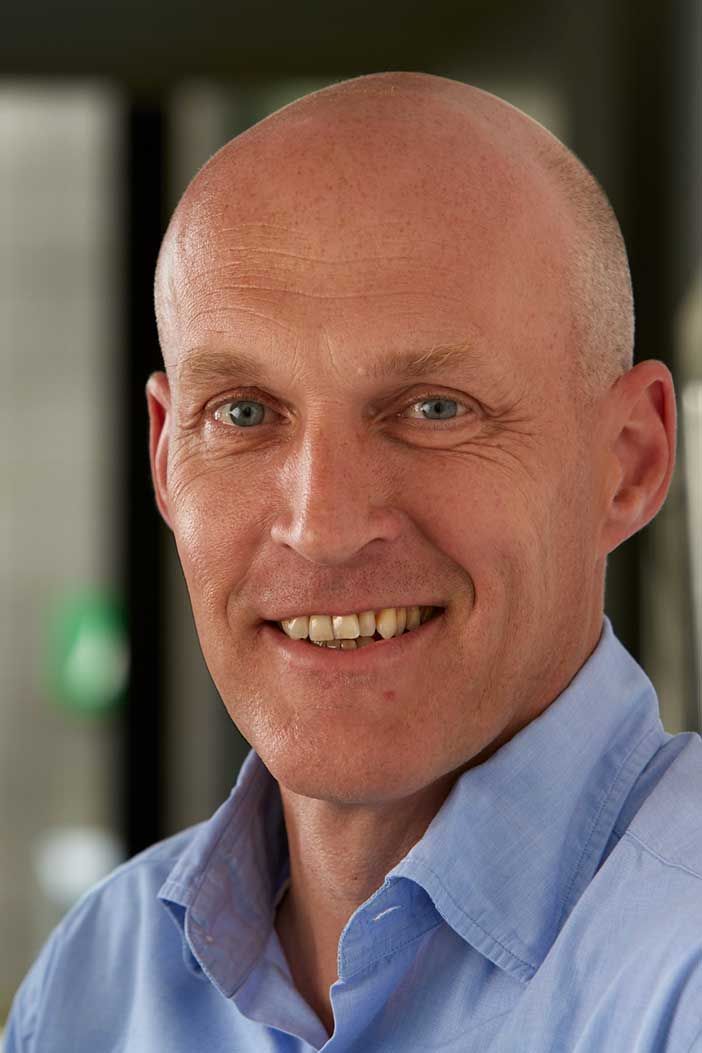Various members and partners of the Deltalinqs Climate Program have signed five Letters of Cooperation (LOCs) in which they agree to work on the development of a new energy mix and infrastructure, alternative fuels and energy carriers and a circular port and industrial complex in 2020. Their joint objective? To bring about a successful transition in the field of energy and raw materials. Each LOC has designated ambassadors, with Ruben Beens (BP) serving as ambassador for LOC 4: hydrogen. What is the current status in this domain, and how does Beens see his own role in the process?
Why did you agree to become ambassador of this LOC?
‘Because I believe it is incredibly important. Hydrogen is set to become a crucial energy carrier for our future industrial sector. By participating in projects like H-vision and H2-Fifty, we at BP can show that we take it very seriously. Hydrogen can help us to realise cleaner production processes and products. And this is something that BP has wholeheartedly embraced in its new strategy.’
What is the primary goal of your LOC?
‘We are mapping out which opportunities there are to utilise hydrogen as an energy carrier in the port of Rotterdam. The port and industrial complex is taking concrete steps towards the establishment of a low-carbon hydrogen economy via scaling-up and the rollout of hydrogen production – from grey via blue to green. To successfully introduce hydrogen on a large scale, we not only need technological innovations but also adaptations to the existing infrastructure. Rotterdam has the potential to develop into a hub for the production, import, consumption and trade of blue and green hydrogen.’
Which aspects do you find particularly important yourself?
‘Within BP, we want to scale up in the generation of power from renewable sources. We are currently producing 2.5 GW worldwide, which will have increased to 50 GW by 2030. The wish to generate more power from renewable sources is shared by other major industrial companies, and by the government. Rotterdam plays a crucial role in the current energy transition as Europe’s largest port, and in part because of its advantaged position. Within the Deltalinqs Climate Program, we are doing everything in our power to make this transition a success. And I feel very strongly about this personally too.’
What are the main challenges in this context?
‘I see three big challenges. The first is that we are still dramatically short on the amount of green electricity required for producing enough green hydrogen. We ultimately want to arrive at the large-scale use of green hydrogen, but in the intermediate phase, we will need blue hydrogen. That means capturing and storing the CO2 released during production: the Porthos project. The second challenge is that green hydrogen needs to become a more attractive proposition in commercial terms. Right now it is still far too expensive. And the third challenge in my view is the timeline: we only have nine years until 2030, and then we will need to have achieved what we set out to do. However we still do not have the appropriate regulations or the necessary infrastructure. It is going to get pretty tricky – and getting the job done will require political courage. The private sector is ready. I hope that in addition to COVID, the energy transition will remain the second major topic on the political agenda, and for the media. And that we as industry succeed to improve on our reputation in this area. The industry has an image problem. This needs to change, and we can only succeed if we can simultaneously show people that we are both indispensable and able to make great strides when it comes to improving the sustainability of our production processes.’
And opportunities?
‘If we indeed manage to implement hydrogen on a large scale by 2030, this will have resulted in huge CO2 savings. At BP’s refinery in Rotterdam, the reduction will amount to as much as 60%, and the same applies to other refineries and chemical companies too.’
Do you think that the project is making sufficient progress?
‘In principle, I feel quite positive about how things are going. We have a whole range of hydrogen-related plans that are ready to be implemented. But when will they start building? The whole process really needs to pick up pace. Particularly in view of the time available until 2030, there are a lot of things that still need to be done. Time is running out.’
